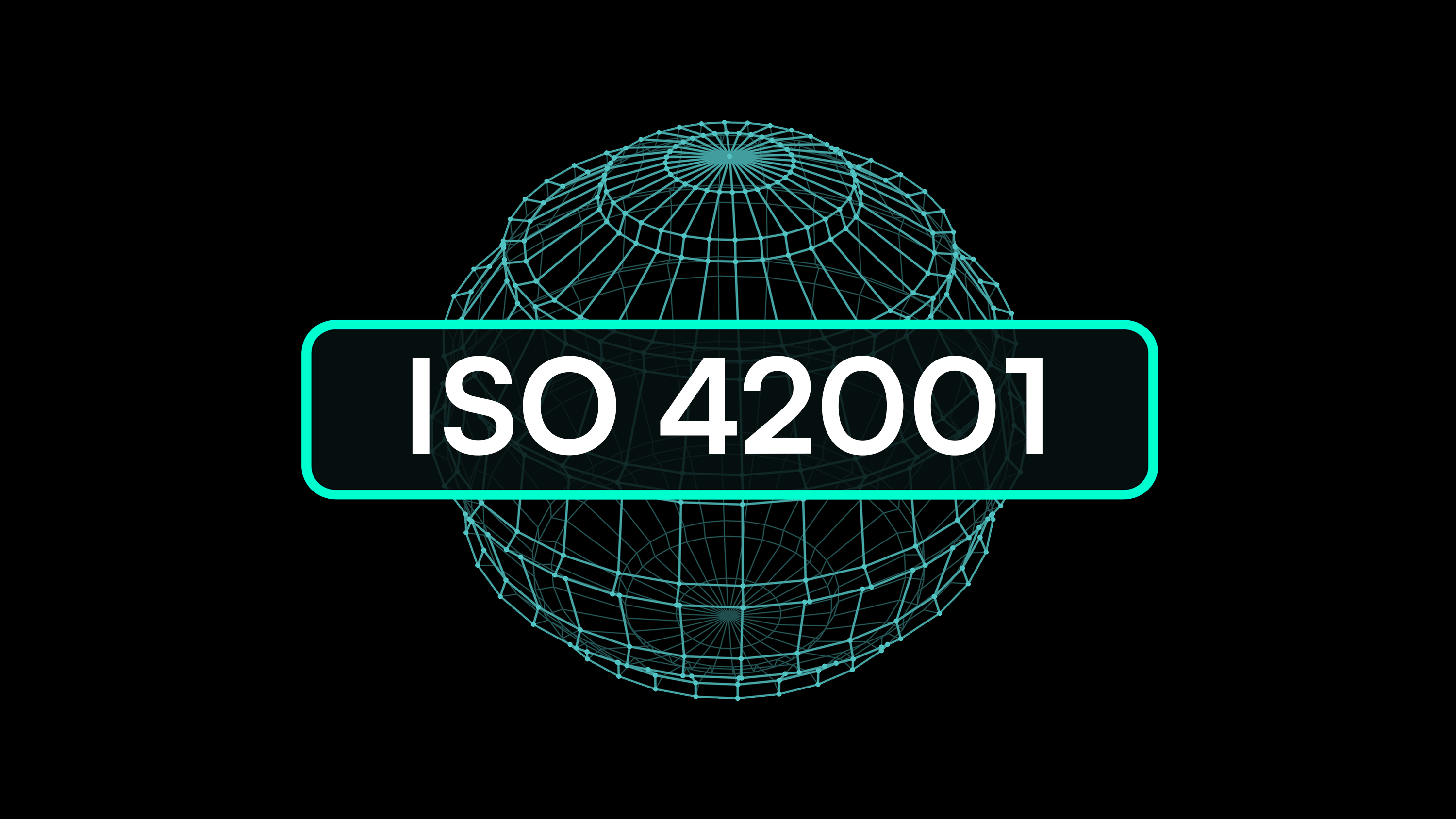To establish a robust cyber program, companies must navigate the complexities of ever-changing cybersecurity frameworks and ensure scalability over time, but mapping frameworks is a notoriously difficult task – especially when more than one is in play. The problem is that compliance quickly becomes a lengthy process filled with Excel sheets, constant double-checking, work duplication, and large time and work commitments.
The solution? Harmonization.
On the most recent episode of the De-Risking Business Podcast, we caught up with Paul Horn, founder and CEO of H2Cyber, to itemize exactly how a "harmonized" multi-framework program achieves economies of scale and minimizes business disruption.
The Problem
Historically, much of the work tracking progress toward compliance and evidence categorization was performed using traditional tools like Excel, but this method presents several challenges. Excel (and other similar approaches) lacks revision history and restricts visibility to individual frameworks, thus limiting its accessibility to coworking within an organization and often resulting in duplicate work to fulfill the same controls across multiple frameworks. Furthermore, outdated systems present issues with tracking and identifying evidence that increase the time needed to reach compliance and pass an audit.
Creating Harmony
Horn’s view of harmonization in cybersecurity refers to “the process of aligning and streamlining various frameworks to reduce redundancy and improve efficiency.” Essentially, instead of managing each framework separately, harmonization allows organizations to create a unified system to reduce the time and effort required to meet controls across multiple frameworks.
Implementing harmonization offers several advantages to companies striving for effective cybersecurity:
- Enhanced Efficiency: Harmonization eliminates duplicate work and streamlines processes. Instead of repeating tasks for each framework, companies can focus on meeting controls once, saving time and resources.
- Comprehensive Reporting: Harmonizing data allows organizations to gain a holistic view of their cybersecurity posture. By grouping frameworks into families (e.g., governance, access control, etc.), it becomes easier to identify areas for improvement and provide high-level reports to leadership teams.
- Resource Allocation: With harmonization, companies can allocate resources more effectively. Once a certain level of compliance is achieved, resources can be reallocated to other areas of cybersecurity, ensuring a comprehensive and adaptable approach.
Framework harmonization is vital for companies aiming to establish effective cybersecurity programs. With the continuous evolution of threats and regulations, harmonization offers a strategic approach to protect company assets, maintain compliance, and ensure the ongoing trust of customers and stakeholders.
And, surprise, harmonization is what Apptega does best! Learn more here.
Listen to the full episode here.






